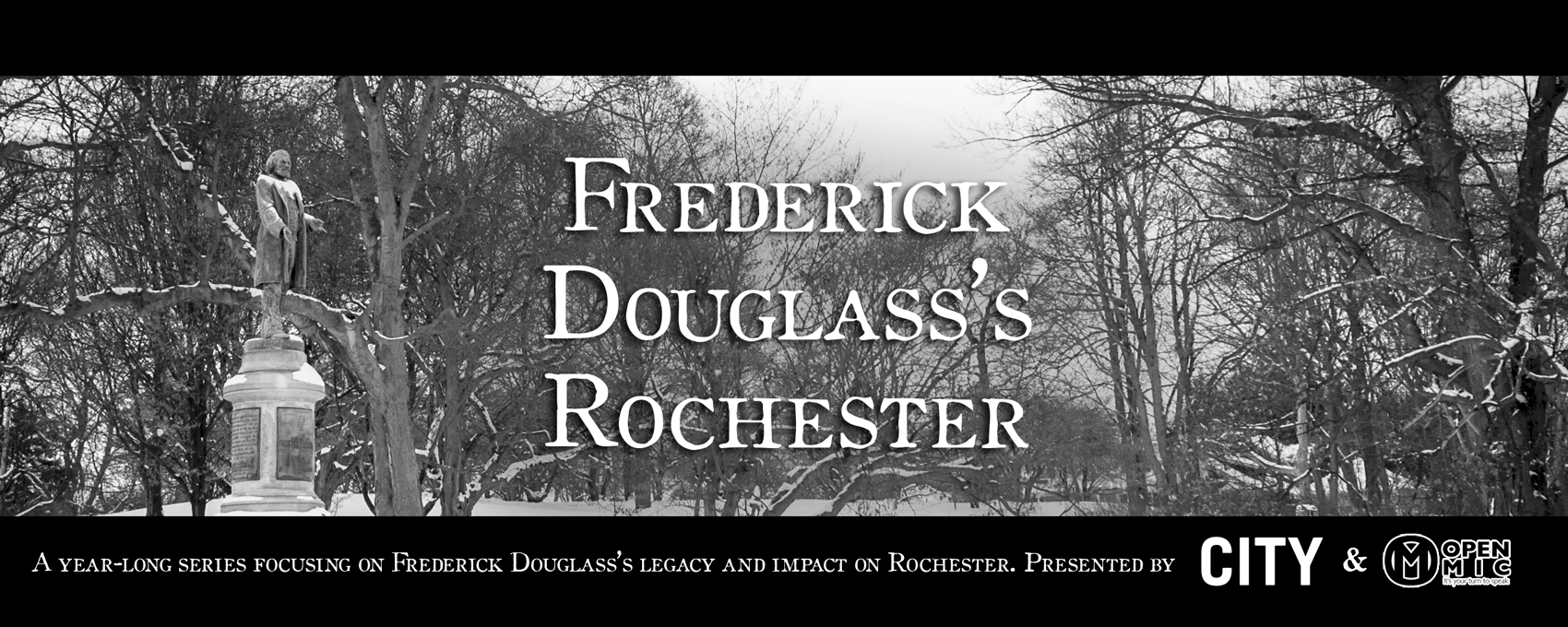Upstate New York was an important part of the Underground Railroad. Connect with that history this summer
By Jake Clapp
In his third autobiography, Frederick Douglass reflected on his anti-slavery work while living in Rochester: Along with speaking and writing against slavery, Douglass wrote in “Life and Times of Frederick Douglass,” one important action “must not be forgotten or omitted.”
“My position gave me the chance of hitting that old enemy some telling blows,” he wrote. “I was on the southern border of Lake Ontario, and the Queen’s dominions were right over the way — and my prominence as an abolitionist, and as the editor of an anti-slavery paper, naturally made me the station-master and conductor of the underground railroad passing through this goodly city.”
New York State was a major part of the Underground Railroad. The state was the gateway for many freedom-seekers making their way to Canada, and people following the North Star could find help from the black communities, Quakers and other religious groups, and many anti-slavery organizations spread throughout New York.
Those helping freedom-seekers faced a lot of risk. There could be fines or imprisonment under the Fugitive Slave Law, but “I can say I never did more congenial, attractive, fascinating, and satisfactory work,” Douglass wrote. “True, as a means of destroying slavery, it was like an attempt to bail out the ocean with a teaspoon, but the thought that there was one less slave, and one more freeman — having myself been a slave, and a fugitive slave — brought to my heart unspeakable joy.”
Western and Central New York has an exceptionally rich Underground Railroad history. Trails from the South would find their way to Auburn, where Harriet Tubman helped hundreds of people; to the station homes of Frederick and Anna Murray Douglass, Amy and Isaac Post, Asa Anthony, and other abolitionists in Rochester; and to Buffalo and Niagara Falls for the border crossing to freedom and safety in St. Catharines, Ontario.
Understanding this history is always important, but since 2018 marks the bicentennial of Frederick Douglass’s chosen birthdate, this is a great summer to learn more about the area’s role in the fight against slavery. Below, you will find a map of seven locations connected to the region’s Underground Railroad history.
Because it’s summer, our hope is that you can use this map to plan day trips from Rochester and connect with this important part of history. There are dozens of documented Underground Railroad-related locations across New York State, but many are now a part of private residences or aren’t accessible. This map gives locations that are open, offer tours, or have informational markers.
Monroe County itself has a lot of history to engage with. The Rochester-Monroe County Freedom Trail Commission has documented that local history, and you can access a Google map of locations at rochesterfreedomtrail.com.
Dr. David Anderson, chair of the Freedom Trail Commission, is also a founding member of Akwaaba, the Heritage Associates. The organization conducts tours, educational presentations, and reenactments of historical figures from the 19th century, specifically those involved in the fight for freedom, as a way to share lessons from that time in history. The group offers a tour of Rochester sites. More information can be found at akwaabatours.org.

